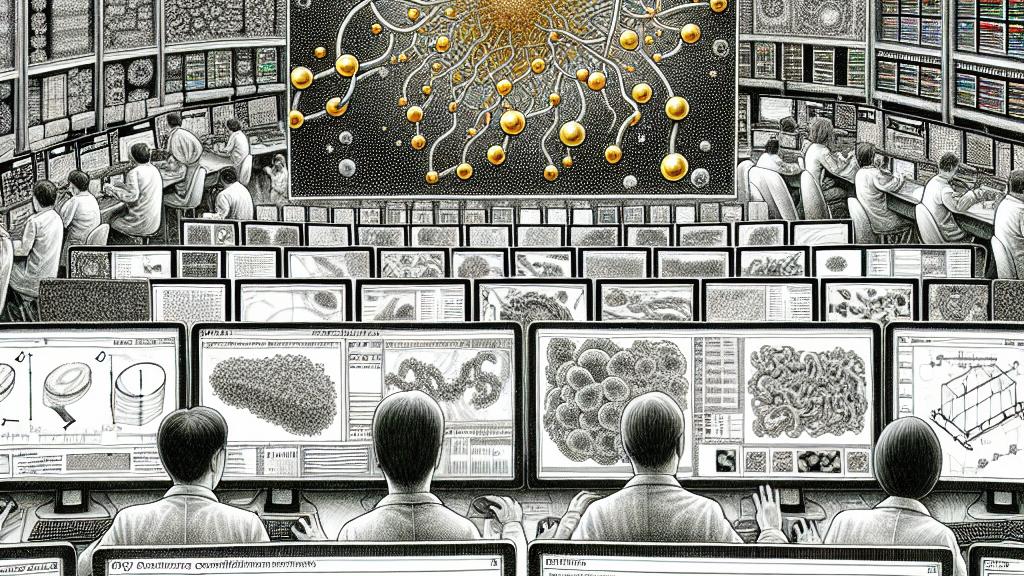Predicting Gold Nanoparticle Interactions with Blood Proteins Using Machine Learning
Overview
- Groundbreaking machine learning methods reveal how gold nanoparticles interact with critical blood proteins.
- This transformative research could significantly enhance targeted drug delivery systems, particularly in oncology.
- Understanding these interactions is vital for the future of effective therapies in nanomedicine.

Innovative Research in Finland
At the heart of scientific advancement, the University of Jyväskylä in Finland is pioneering a fascinating exploration into the world of gold nanoparticles. By harnessing the power of machine learning and supercomputing, researchers have managed to decode the intricate dance between gold nanoparticles and vital blood proteins, such as serum albumin and fibrinogen. This endeavor goes beyond mere curiosity; it's about discovering how these nanoparticles can effectively bind, which is key for developing smart, targeted drug delivery systems aimed at precisely attacking cancer cells. Picture this: a future where medications are delivered right to where they’re needed most, minimizing side effects and enhancing patient outcomes.
The Unique Allure of Gold Nanoparticles
So, what makes gold nanoparticles (AuNPs) so special? These tiny wonders, ranging from 1 to 100 nanometers, exhibit extraordinary properties that set them apart in the fields of medicine and technology. For example, their strong surface plasmon resonance can be finely tuned, which plays a crucial role in imaging techniques and even in targeted photothermal therapy to destroy cancerous cells. Moreover, AuNPs are chemically stable and biocompatible, qualities that not only make them suitable for biological applications but also enhance their effectiveness in drug delivery. Functionalizing these nanoparticles with specific drugs or antibodies opens up a world of possibilities, where targeted therapies can revolutionize treatment methods for various diseases.
A Bright Future for Nanomedicine
The findings from this research are not just academic milestones; they represent a significant leap toward the future of nanomedicine. By utilizing sophisticated machine learning frameworks, the University of Jyväskylä team is set to further investigate how these gold nanoparticles can improve the efficacy of drug-carrier interactions. Imagine a world where personalized medicine is the norm, with therapies specifically designed to suit individual patient needs. As researchers continue to unravel the complexities of the nano-bio interface, we are on the brink of groundbreaking advancements that could lead to more effective diagnostics and treatments, offering hope to patients worldwide.

Loading...